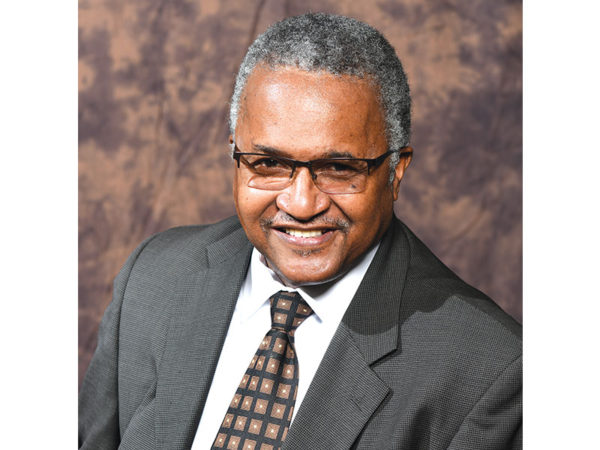There is an uptick of violent crimes in our community, but the announced responses by the City of Monroe seems to be more of the same. Parish leaders haven’t addressed the issue at all
Each week the media reports more shootings, murders, and attempted murders. It’s reaching a “shooting of the week” status in which violent crimes are becoming the new normal.
What makes it even more frustrating is that city and parish leaders keep promoting statistics that show that violent crime in our area is on the decline.
Last year, regional leaders patted each other on the back when David Joseph, U.S. Attorney for the West District, reported that violent crime was down in Monroe by 38 percent.
The community received that report with skepticism because they counted the number of funerals they attended and news accounts of shootings that created a feeling that Monroe is not safe.
What are city and parish leaders doing about the “shooting of the week” trend that is developing all over the parish? Even West Monroe, once thought of as Mayberry on the Ouachita, is having its share of violent crimes.
“One homicide is way too many, and this year our homicides are already ahead of our 2018 numbers with two-and-a-half months to go,” Mayo said, at a press conference this week. “I want to say this: our hearts and prayers go out to the families of the victims.”
We deserve more than a hearts and prayers response.
What we don’t need is another round of community meetings, which serve as photo opportunities for politicians to show that they are listening. We’ve had community meetings and cataloged the ideas of the public, but most of them were not used for one reason or another.
There is a part that city and parish governments can play, but there are other factors that involve multi-discipline strategic planning and systemic responses.
In the 1960s, the city had a similar problem, but it involved gang violence. The city hosted meetings for input, sent groups to study other cities with similar problems, and came back with a two prone solution.
The city went after every known gang member and busted them. Then it built a recreation program designed to cut off feeders to gangs. The program resulted in four recreation centers, with a massive program of sports, and mentorship that redirected youth into better ways. It passed a tax to fund the program that even today still generates over $800,000 a year.
It took a few years, but the program worked. The gangs disappeared, and there was a noticeable decline in violent crimes.
A higher police presence is a small part of the solution to the problem. But the 21st-century problem involves mental health issues, family dysfunction, education deficiencies, and job opportunities.
The crime epidemic is spreading. What’s needed is a parish-wide approach to attack the underlying issues that contribute to the problem. Its cost should be jointly shared.
It should not be reduced to meaningless photo opportunities, it’s time for city and parish leaders to tackle this problem once and for all.


